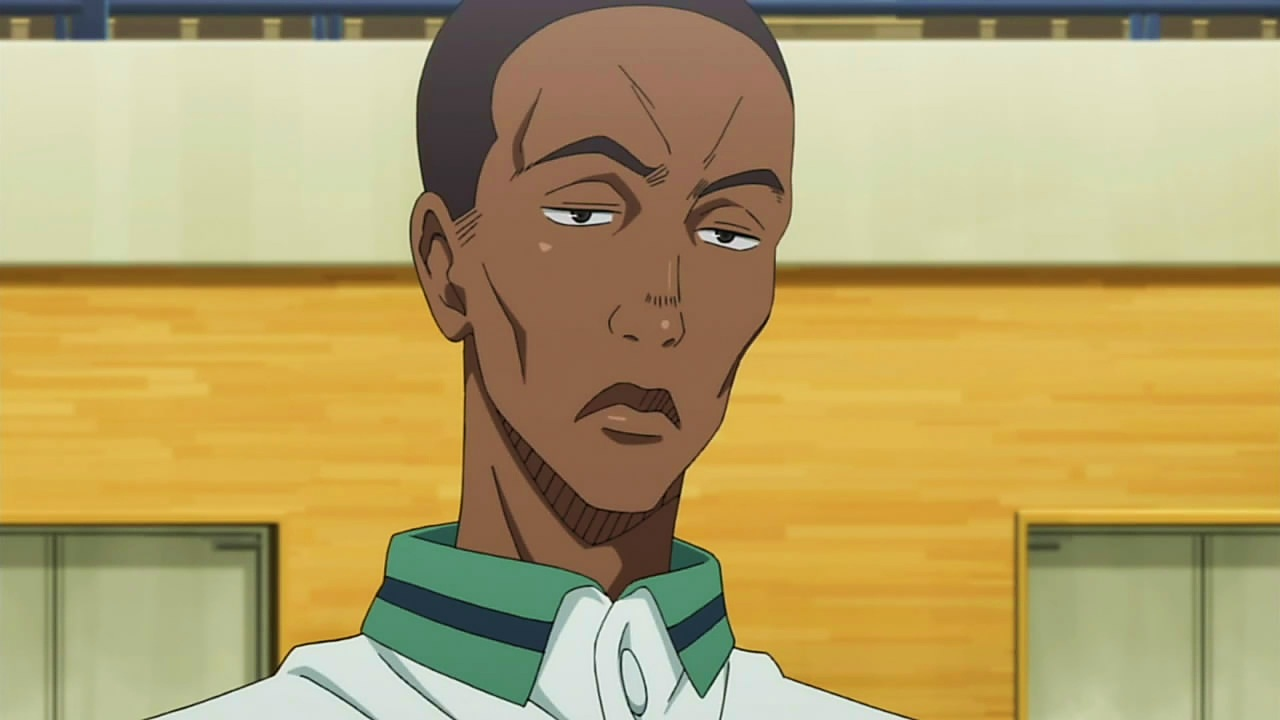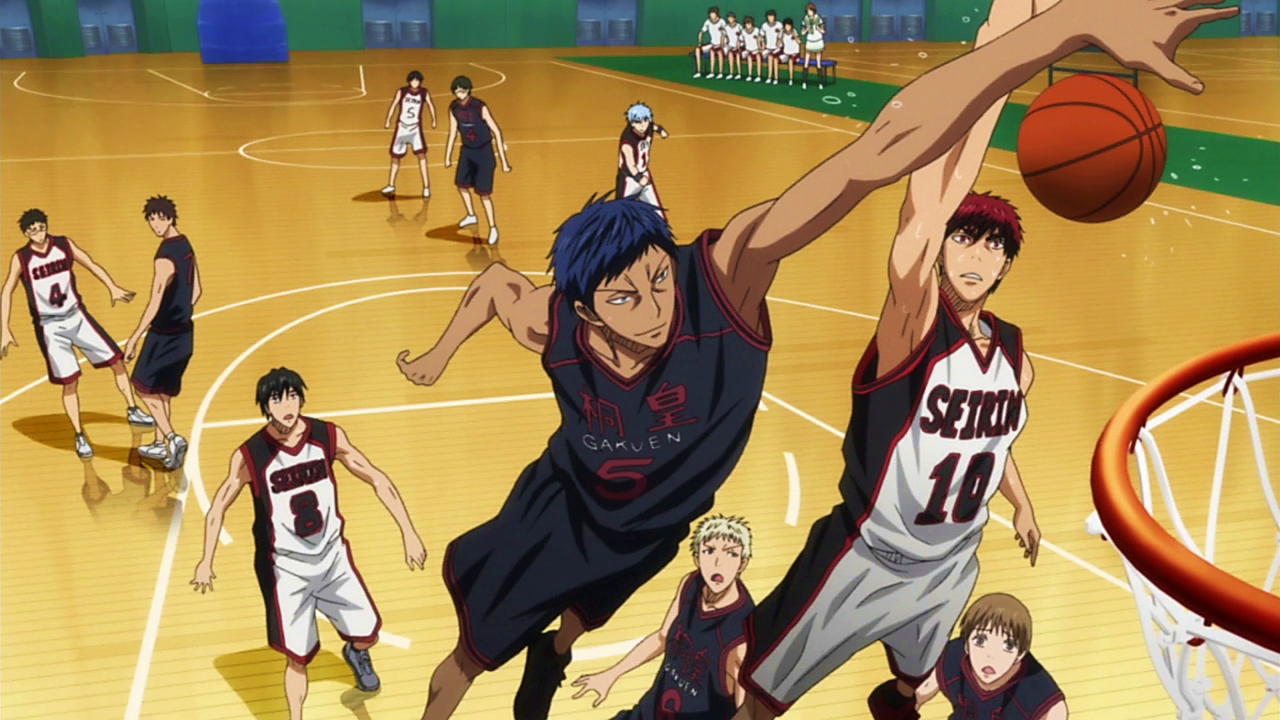I don't understand moe.
I try to understand it.
As I just wrote in that one thread:
Moe is a catch-all term for characters that cause fans to feel intense emotions. Generally though, moe refers to a specific set of aesthetic and narrative tropes, usually young women with features considered "cute" in anime. This is the functional definition I use, because its generally what entertainment producers aim for as "moe": women on the younger side, maximizing cuteness, and generally fitting into the Japanese ideal of domesticity. There's a bit of character play within moe - tsundere, yandere, dojikko - but that's not helpful for you at this point.
The word itself can be a pun on two Japanese words, one for "to sprout" hence the general fixation on young girls and the other for " to burn" indicative of the feelings moe characters cause in their fans.
Here's
an older article on moe.
And another.
But is the argument posed to defend it really that people who get sexual enjoyment from moe are somehow completely divested from it in their real lives and aren't attracted to little girls who look helpless?
Generally, that is the argument. If you ask point blank, "well what do you get from it?" the answers tend to vary, but they tend to seem rather evasive. At which point you end up at the "Who are they hurting?" which is a valid point, but one I tend to point out doesn't mean others may not find people who enjoy the style or their consumption habits a bit creepy.
The violence angle gets brought up frequently - "Why do we care about this, but not killing people?!" - but we know what people get out of simulated violence: an expression of emotions and a feeling of power. In many ways, simulated violence is catharsis. Those who tend to love moe and lolicon usually don't want to really follow down that train of thought.













